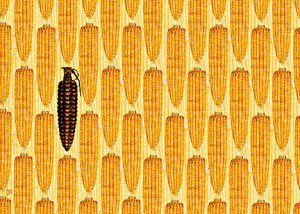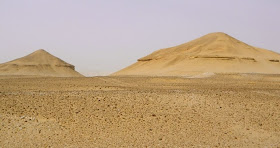For their study, the team from both the Columbia University Department of Medicine and the Celiac Disease Center set out to assess how children diagnosed with autism respond immunologically to gluten consumption. Since previous research on the subject has been largely inconclusive, the researchers felt it was important to investigate the matter further using strict evaluative guidelines and research criteria in order to arrive at a solid and trustworthy conclusion.
After comparing the effects of gluten consumption among autistic children both with and without gastrointestinal problems to their unaffected siblings and age-matched healthy controls, the team learned that the autistic children had significantly higher levels of the IgG antibody, which targets a gluten protein known as gliadin. And based on the way this antibody functions within the body, many now believe that high levels of it can also interfere with proper neurological function.
"It has been theorized that when the immune system forms antibodies against gliadin, these antibodies cross react with self-structures within the nervous system," writes Sayer Ji for GreenMedInfo.com about the process. "Known as molecular mimicry, this breakdown of immunological self-tolerance can contribute to a wide range of neurological problems including neuropathy, ataxia, seizures, and neurobehavioral changes including mania, schizophrenia and autism."
"Anti-gliadin antibodies are therefore a possible cause of autoimmune neurological damage," he adds.
In other words, many of the symptoms exhibited by individuals diagnosed with autism could actually be the result of an antibody response caused by exposure to wheat gluten. Regardless of whether or not the blood markers of actual Celiac disease are present, wheat gluten appears to greatly elevate levels of this anti-gliadin antibody within the body.
"A subset of children with autism displays increased immune reactivity to gluten, the mechanism of which appears to be distinct from that in Celiac disease," wrote the authors in their conclusion. "The increased anti-gliadin antibody response and its association with GI symptoms points to a potential mechanism involving immunologic and/or intestinal permeability abnormalities in affected children."
Eliminating wheat has helped many people with autism
The obvious takeaway from all this is that eating wheat is probably not a good idea if you fall anywhere on the autism spectrum, and especially if you suffer from GI disorders. Though conventional wheat is technically not good for anybody, it appears to be distinctly harmful for people with autism, and something worth avoiding.As far as the specific benefits associated with cutting out gluten, a recent study published in the Journal of Child Neurology documents the case of one young child with autism and epilepsy who went completely symptom-free as a result of cutting out both gluten and casein, a type of milk protein. Others have reported similar improvements as a result of going gluten-free, including Dr. Natasha Campbell-McBride, M.D., creator of the Gut and Psychology Syndrome Diet, also known as GAPS diet, which she used to essentially cure her son's autistic condition.
Source: Natural News






